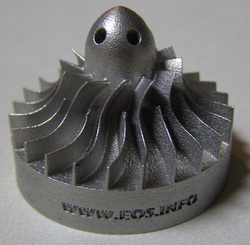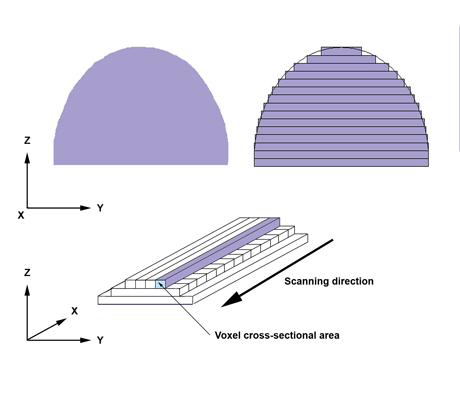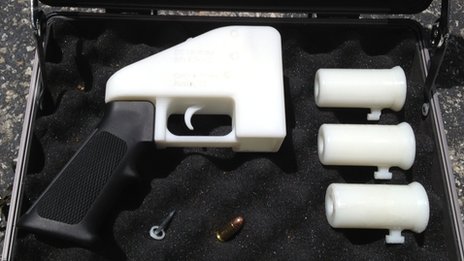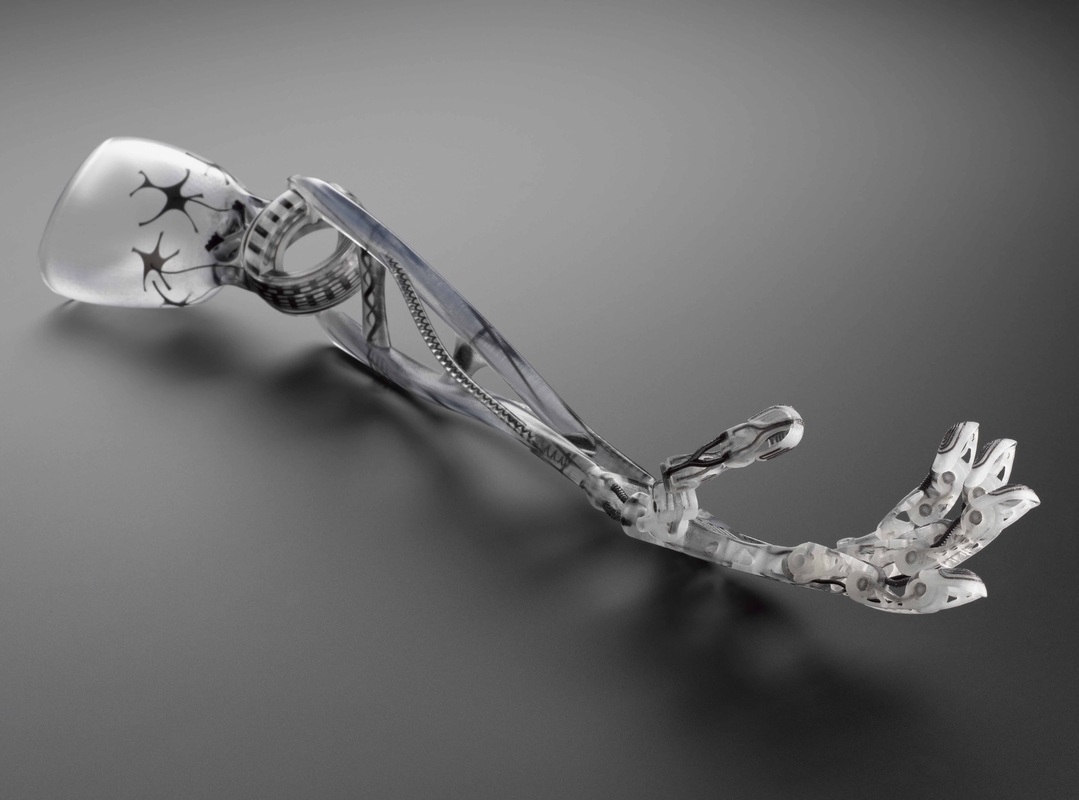
These medical printers, though great in their complexity and specialization, still operate on the basic principles of all 3D printing (also known as additive manufacturing, or AM, for short). A scan of an object or area is made, or a new design is developed in a CAD system. From there the object is run through several checks to remove any gaps and smooth edges, after which a computer program (called a “slicer”) splits the object up into layers, like taking a vegetable and finely slicing it evenly all along the same axis. Then the material is loaded into the printer and the device goes to work, laying down layer after layer of material and solidifying it, typically by means of a laser to soften the layers and bond them together. After some time (hours or days, depending) and some finishing, the finished product emerges fully formed. No assembly required. Perhaps IKEA should just sell 3D printers and you could print your furniture?
As we move forward with this technology, some very interesting questions rise to the surface, ones which we have not even begun to address. I touched on making purchases via 3D printer, but what about piracy? Those that appreciate vinyl records could likely print out pirated copies of Led Zeppelin IV once the printer resolution gets high enough. And what about the prosthesis of last week? Could doctors simply scan a limb and have the user print their own? Would they be able to make modifications? How about car parts, electronic devices, and firearms? Make no mistake, the government can see that 3D printing could easily take away a great deal of their control, and that makes them very, very scared. Forget the fact that in many states it’s legal to build your own firearm for private use, the government believes that we’ll all suddenly be walking around packing plastic pistols because of 3D printers, even though a good 3D printer will set you back thousands of dollars while a handgun can be had for a few hundred bucks.
To wrap it up, we can see that additive manufacturing is a key component of future development, one that has the potential to touch every aspect of our lives. Like Lego’s for grownups, the devices will improve our health, speed up manufacturing, and give us freedom to express ourselves creatively. It also holds the potential to cut down on materials waste, but only if smartly managed. And of course, as we integrate 3D printing with advances in computing, we come one step closer to next week’s topic: cybernetics. Hold onto your head, it’s going to get wild.
Like what you see here? Spread the word and support indie authors! Follow me on Facebook or Twitter. Find me on Smashwords and Kindlemojo.



 RSS Feed
RSS Feed